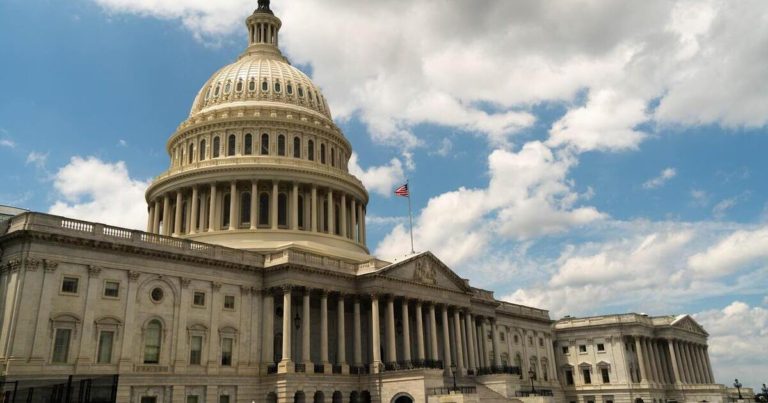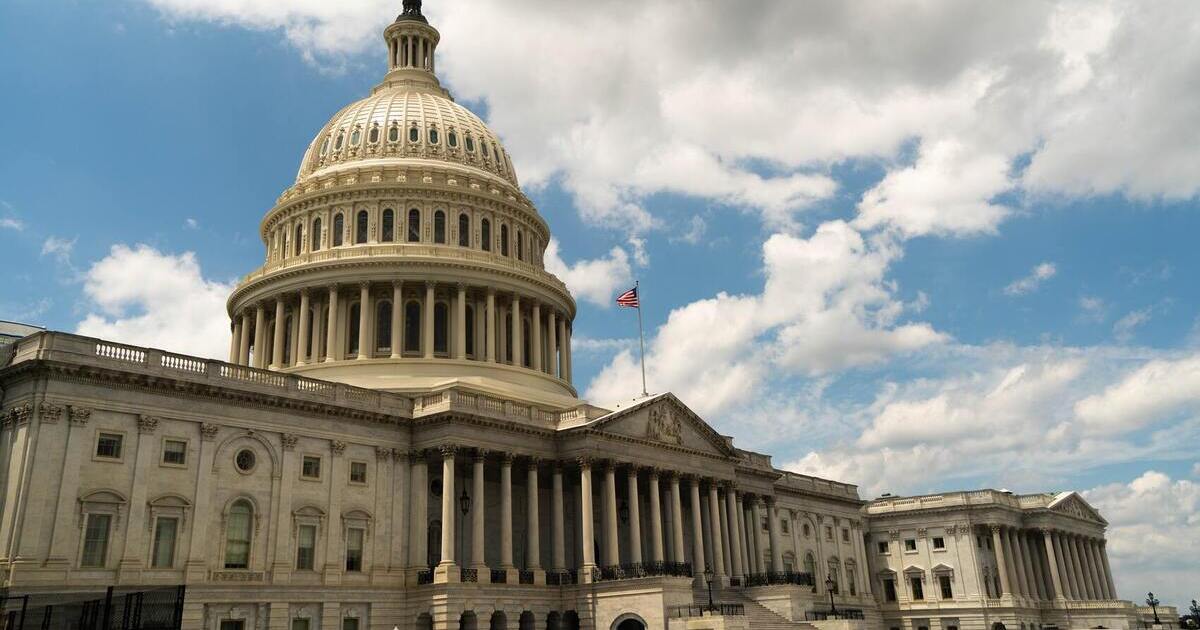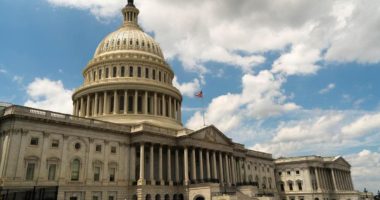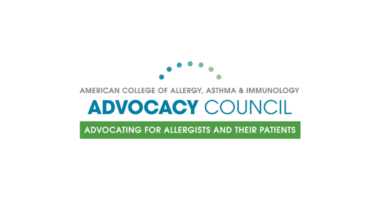The Senate continues to work toward its goal of finalizing its version of the budget reconciliation bill that will advance much of the Republican legislative policy agenda by July 4. The Senate was expected to make changes to the House-passed version of the bill, H.R.1 (also known as the One, Big, Beautiful Bill Act). These changes are coming into focus as Senate committees introduce their sections of the bill.
Below is a summary of the key differences between the Senate and House versions of the bill. These differences will need to be reconciled before the bill can continue to advance to a final vote in each chamber. It is also important to understand that the Senate version of the bill is not yet in its final form. Individual Senators continue to seek changes to certain parts of the bill.
Health care policies
The Senate version keeps most of the House version’s health policies. However, there are some very important and notable differences.
Medicare payments to physicians
The Senate version of the bill does not include a provision in the House-passed bill that would provide an annual inflationary update to the Medicare Physician Fee Schedule (PFS) Conversion Factor (CF). The House version would provide an inflationary update equal to 75% of medical inflation (measured by MEI) in 2026 and a 10% of MEI update for 2027 and beyond.
The Senate has sought greater savings than the House-passed version. Since this policy is projected to increase the federal budget deficit by increasing Medicare outlays, the Senate likely excluded it to better align the bill with its savings goals.
Neither the House nor Senate bill includes a provision to mitigate a 2.83% cut to Medicare payments that is in effect for 2025.
Medicaid provider taxes
The House bill places new limits on how states can use “provider taxes” to increase the federal Medicaid funding they receive. Some states tax providers (in a variety of ways) to help finance the state’s share of their Medicaid costs. The federal match rate is based on the state’s total share, including what they collect in provider taxes. This practice is criticized because states receive federal funding for the portion of their costs that are already paid for by provider taxes.
The House version of the bill would prohibit states from imposing new provider taxes or raising existing provider taxes.
The Senate’s version of the bill places steeper limits on provider taxes by lowering the maximum provider tax rate from 6% to 3.5% for states that expanded Medicaid under the Affordable Care Act (ACA). This will result in reduced federal Medicaid revenues that states receive. Hospitals – who are among the largest recipients of the extra federal revenues states receive from the provider tax system – are strongly opposing this section of the Senate’s bill. Non-expansion states would have their current provider tax rates frozen going forward.
Medicaid reimbursement caps
The House bill would limit state Medicaid programs from reimbursing hospitals above Medicare payment rates. Medicaid payment rates are typically lower than Medicare rates. Some states direct payments generated from provider taxes (and related higher federal payments) toward Medicaid providers, which can result in a higher reimbursement rate than the Medicare rate. Capping Medicaid payments at the Medicare amount is intended to limit states from using provider taxes to increase payments to certain hospitals.
The Senate bill also includes this policy but would only apply the 100% cap to states that expanded Medicaid under the ACA. Non-expansion states would be capped at 110% of Medicare’s rate. Setting a lower cap for expansion states likely reflects the fact that expansion states benefit from the federal government covering 90% of the expansion population’s Medicaid costs.
Medicaid work requirements
The Senate bill would impose more stringent Medicaid work requirements than the House version. The House bill would exempt Medicaid beneficiaries with dependents from the new work requirements. However, the Senate bill would make Medicaid beneficiaries with dependents who are at least 15 years old subject to the work (or community service) requirements.
The Senate version includes a mechanism for states to request an extension of the work requirement effective date if they can demonstrate meaningful progress toward implementation. The bill also authorizes $100 million in federal grants to states to help implement the new work requirement policy.
Pharmacy Benefit Manager (PBM) policies
The Senate version does not include any of the House’s PBM reform policies. The House would have prohibited PBM spread pricing in Medicaid and created more transparency on PBM prices, among other things.
Higher education policies
The Senate bill kept many of the House’s controversial higher education policies that could make it more difficult for students to finance their undergraduate, graduate or medical education. However, the Senate version includes several key differences from the House version.
Medical school loan limits
The House version would cap total federal student loan amounts for undergraduate, graduate and professional education programs (e.g., medical school). The House bill caps professional program loan amounts at $150,000. However, the Senate version increases this cap to $200,000.
It also increases the House bill’s cap on Parent PLUS loans from $50,000 to $65,000.
Pell Grants
The House bill would prohibit part-time students from Pell Grant eligibility. The Senate version does not include this policy.
Tax policy
Both the House and Senate bills would extend most of the tax policies from the 2017 Tax Cuts and Jobs Act (TCJA). The two bills largely mirror each other on tax policies with some minor differences.
Senior tax deduction
The House bill would provide an annual $4,000 tax deduction for people over age 65. The Senate bill increases this proposed tax deduction to $6,000.
Business equipment and research deduction
The House bill allows businesses to immediately deduct 100% of qualifying business equipment purchases and qualifying research costs. This would phase out after 2029. The Senate bill includes these same policies but makes them permanent.
We’ll continue to monitor and provide an update as the process progresses.
The Advocacy Council – ADVOCATING FOR ALLERGISTS AND THEIR PATIENTS.




